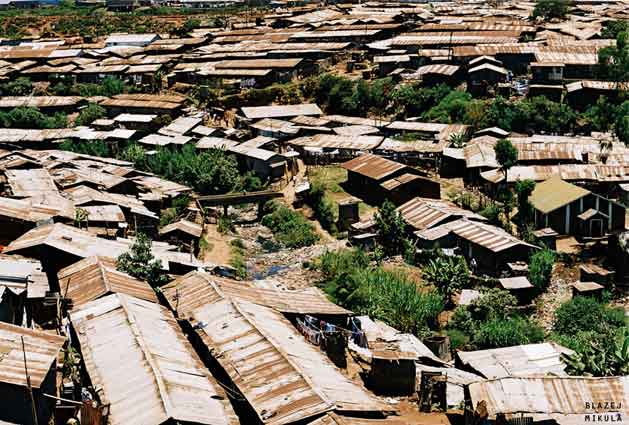
Nairobi’s Kibera slum. Courtesy Wikimedia Commons
Yesterday, the New York Times reported:
Kenya is now entering an official three-day period of mourning to mark one of the most unsettling episodes in its recent history. The authorities here, in a country widely perceived as an oasis of peace and prosperity in a troubled region, are struggling to answer how 10 to 15 Islamist extremists could lay siege to a shopping mall, killing more than 60 civilians with military-grade weaponry, then hold off Kenyan security forces for days.
“Oasis of peace and prosperity?” File under “How quickly they forget.” Yes, Kenya is a democracy, and, as far as international optics go, it’s become famous for its Olympic runners. But it’s one of the most corrupt countries in the world according to Transparency International’s Corruption Perceptions Index for 2012.
More to the point, it was just five years ago that Kenya experienced post-electoral violence more brutal than that unleashed on the Green Revolution following the 2009 Iran election. What began in Kenya as protests against the rigged re-election of Mwai Kibaki transformed itself into ethnic violence. Up to 1,300 people died and 600,000 were displaced. The incidents included rioters setting fire to a church that killed 35 people and two members of the Kenyan parliament assassinated by bullet. Another politician was hacked to death while a marathon runner was shot to death with an arrow.
That period, a 2012 marked by Kenyan-Somali volence, and last week’s violence are as savage as any in central Africa, Iraq and Afghanistan.
